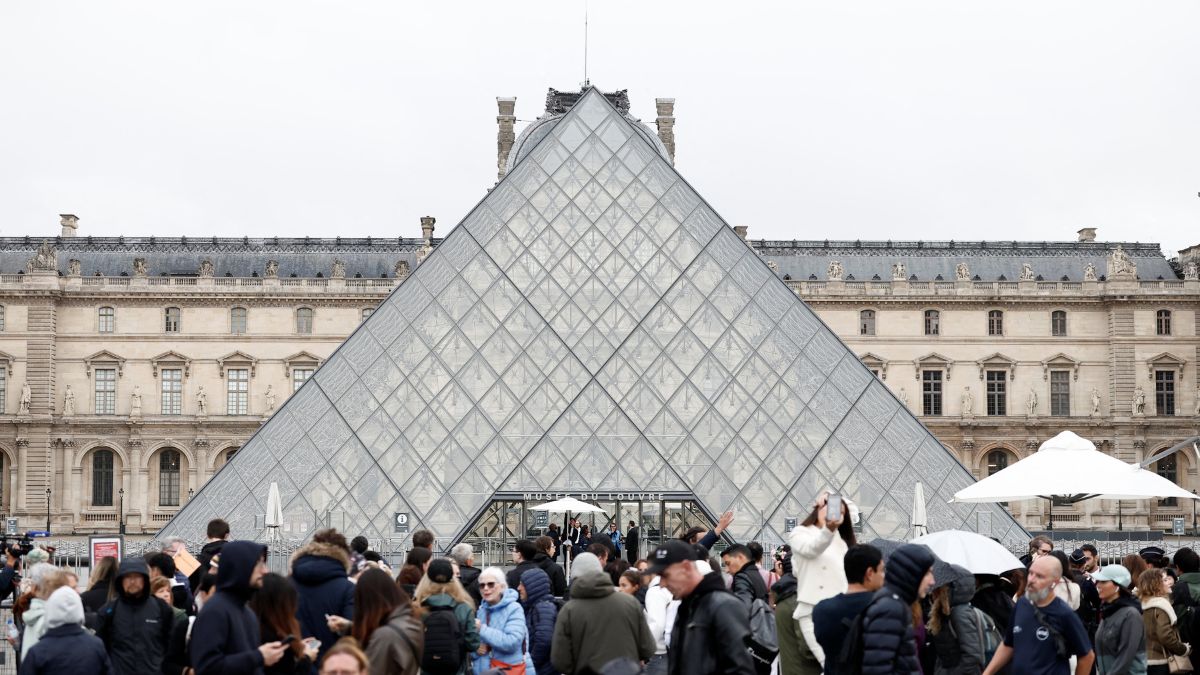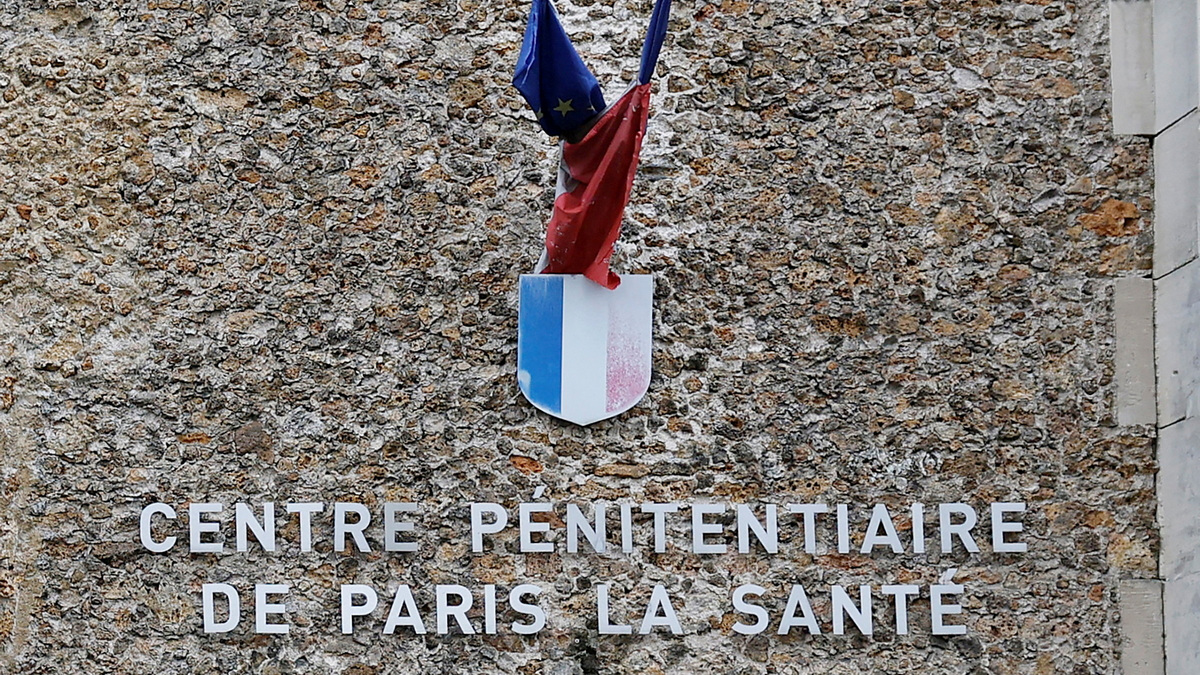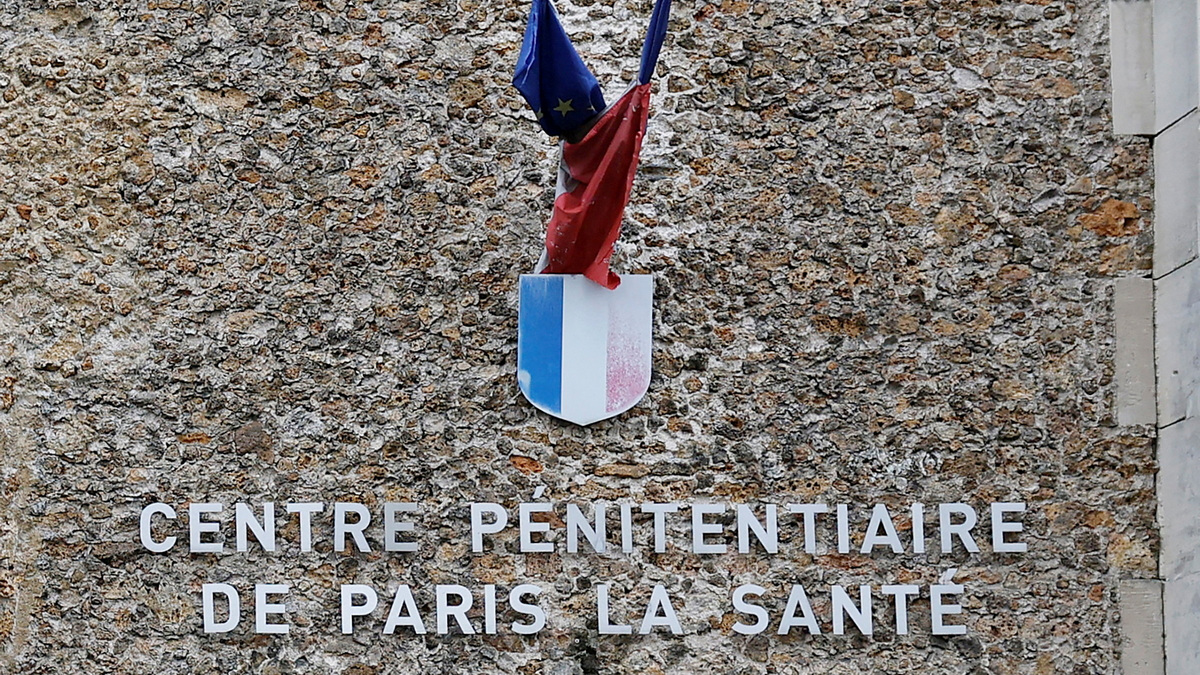One of the boldest museum robberies in recent decades unfolded in the heart of Paris on the morning of October 19, 2025, when thieves carried out a meticulously planned daylight operation at the Musée du Louvre.
Just before 9:30 am, four suspects arrived at the banks of the Seine, parking a van carrying a cherry-picker, a device commonly used in construction work.
Two of the men, dressed in builder’s uniforms, were lifted to the first-floor windows of the Galerie d’Apollon, one of the most visited and historically significant parts of the Louvre.
Using an angle grinder, they forced open a window and entered the lavish Baroque gallery — a room known for its high ceilings, gilded walls, and showcases displaying centuries of royal jewellery.
Within minutes, the intruders shattered several display cases and removed some of France’s most valuable royal pieces. Witnesses reported hearing the sound of glass breaking, though the entire operation lasted less than ten minutes.
According to the French Ministry of Culture, the stolen collection comprised nine items of immense historical and artistic value.
The missing pieces included the Tiara, Necklace, and Earring from the sapphire jewellery set of Queen Marie-Amélie and Queen Hortense, an Emerald Necklace and Pair of Emerald Earrings from the Marie-Louise set, a Reliquary Brooch, the Tiara of Empress Eugénie, and a Large Bodice Knot Brooch that also belonged to Empress Eugénie.
In their hurried escape, the thieves dropped one of the most famous pieces — the Crown of Empress Eugénie, wife of Emperor Napoleon III.
The crown, adorned with diamond-studded gold eagles and large emeralds, was found slightly damaged on the museum grounds shortly after the heist.
Within eight minutes of entering the Louvre, the criminals vanished on two high-powered scooters, heading toward the riverfront. They left behind gloves, two angle grinders, a blow torch, and a walkie-talkie — items now under forensic examination.
“Theft of the decade”
The speed, precision, and brazenness of the Louvre robbery shocked the art world. Dutch art detective Arthur Brand, who has been involved in numerous major recovery operations, described it as “the theft of the decade.”
He said the recovery window was rapidly closing. “These crown jewels are so famous, you just cannot sell them,” Brand told Sky News.
“The only thing they can do is melt the silver and gold down, dismantle the diamonds, try to cut them. That’s the way they will probably disappear forever.”
Brand pointed out that time is crucial.
“They [the police] have a week. If they catch the thieves, the stuff might still be there. If it takes longer, the loot is probably gone and dismantled. It’s a race against time.”
Similar concerns were voiced by Tobias Kormind, managing director of 77 Diamonds in London, who noted that professional gangs often alter the physical structure of the stolen jewels to avoid recognition.
“Professional crews often break down and re-cut large, recognisable stones to evade detection, effectively erasing their provenance,” he said.
Law enforcement teams have been gathering evidence from the Louvre’s Denon Wing, reviewing hours of CCTV footage, and questioning staff who were present when the museum opened.
The crane used to reach the gallery window is also being inspected to trace its origins.
“Well-planned smash and grab”
Forensic investigators and art recovery experts agree that the Louvre heist required weeks, if not months, of planning. Christopher Marinello, a lawyer and founder of Art Recovery International, said the theft bore all the hallmarks of a professional “smash and grab.”
He added that there was little chance the jewels would ever be sold in their current form. “There is a small chance some buyers in certain countries would buy the jewels as they are, but that’s unlikely,” he told France24.
Marinello drew attention to the crucial difference between stolen fine art and jewellery. “It’s not a stolen Picasso, which needs to be kept intact, or it’s worthless,” he explained.
Paintings, sculptures, and other forms of visual art depend on their originality for value and cannot easily be altered without destroying their worth.
Jewels, however, can be dismantled, melted, and resold as separate commodities — gold, silver, diamonds, and emeralds — each retaining intrinsic market value.
Given the speed and professionalism of the operation, Marinello said it was likely that the gang had already arranged buyers or intermediaries. “It isn’t hard to fly to Israel, Antwerp or India and simply have them recut,” he explained.
“Once that’s done, they’re instantly unrecognisable. No one would know where they came from, no one would know that they were the crown jewels.”
He compared the robbery to the 2019 theft at Blenheim Palace in the United Kingdom, when thieves stole a solid gold toilet worth over €4.8 million.
“As they were leaving the museum they were breaking up the solid gold toilet in pieces. Bits were even found in the car later,” Marinello recalled.
Although the value of France’s stolen crown jewels lies partly in their craftsmanship and royal history, each item also contains hundreds of gemstones.
Experts believe that even after being broken apart, the jewels’ components — particularly diamonds and emeralds — could still yield millions on the black market.
The unsellable allure of royal treasures
Experts in the art trade note that selling stolen royal jewellery is nearly impossible through legitimate channels. Alexandre Giquello, president of Drouot auction house, stated that even dismantling the jewels could prove disastrous for the thieves.
“Ideally, the perpetrators would realise the gravity of their crime and the dimension they’ve entered into, and return the items, since the jewels are completely unsellable,” he told ABC News.
“Even beyond selling the items themselves, if they were to dismantle them — separating the precious metals, gemstones, pearls — everyone involved in the chain of responsibility, including those who recut the pieces and attempt to sell them, would be exposed to very serious penalties.”
The rarity of such items makes them instantly recognisable. The Galerie d’Apollon collection, which includes some of the most historically significant jewels from the Napoleonic era, has been photographed, catalogued, and exhibited for years.
Any attempt to sell or even display them would raise immediate suspicion among dealers and collectors.
The last time a crime of comparable scale shook the Louvre was in 1911, when Leonardo da Vinci’s Mona Lisa was stolen by an Italian museum worker. The thief hid the painting under his bed for two years, unaware of the global outrage his act had caused.
Experts have drawn parallels between the two incidents, noting how both exposed the vulnerabilities of even the most secure museums.
What we know of the black market for jewels
Authorities are exploring possible links between the Louvre heist and Eastern European criminal networks known for handling stolen cultural property.
Investigators believe such groups may be working on behalf of wealthy private collectors or using high-value objects as collateral in illicit trades, including narcotics and arms deals.
Tim Carpenter, head of the Argus Cultural Property Consultancy and former chief of the FBI’s Art Crime Division, said that unlike paintings or sculptures, stolen jewellery can be converted quickly into cash or traded for other commodities.
“Traditional artworks like paintings or prints that are well-known are difficult to monetise and resell in the market,” Carpenter told DW.
“Of course they can melt those materials down,” he said, calling it a “terrible loss of cultural heritage.”
However, Carpenter suggested that the Louvre jewels might not yet be destroyed.
“These are very important pieces and my guess is these criminals will want to keep them together. They’re very highly identifiable,” he said.
Art and cultural property theft has long been a lucrative branch of organised crime. According to Interpol, art and artefacts worth more than $6 billion are stolen globally each year — with only about 10 per cent ever recovered.
Carpenter explained that in parts of Southern and Eastern Europe, art theft has become a specialised industry, with established logistics, smuggling routes, and financial networks supporting these operations.
Meanwhile, the FBI estimates that the clandestine trade in stolen art and jewellery is worth billions annually, spanning Dubai, Delhi, New York, Antwerp, and Tel Aviv.
The United States alone records over $1.2 billion in jewellery thefts each year. The growing value of gold and precious stones has made such crimes more frequent across Europe.
Why the thieves may not profit
Despite the apparent sophistication of the Louvre robbery, experts caution that the thieves are unlikely to earn much from their loot. Because the stolen jewels are so distinctive, their sale in their current form is nearly impossible.
On the black market, criminals typically receive less than 10 per cent of an item’s legitimate market value.
Jewellery can be broken into separate materials — gold melted down, gems re-cut — to avoid detection, but each step involves new risks.
Recutting diamonds or emeralds requires expert craftsmanship and cooperation from professionals who may themselves be exposed to prosecution if caught.
According to jewellery industry experts, black-market buyers often exploit thieves’ desperation, offering a fraction of the stones’ real worth.
Yet, in contrast to stolen artworks, which are often listed in databases such as the Art Loss Register, there is no centralised global system for cataloguing missing jewellery. This lack of oversight allows individual stones or melted gold to circulate freely once altered.
The stolen crown jewels of France are far more than mere ornaments; they are embodiments of national identity, craftsmanship, and history spanning several royal eras. Their theft represents not just a financial loss, but a symbolic wound to France’s cultural heritage.
As investigators continue to pursue leads, the whereabouts of the missing treasures remain unknown.
For now, France’s most iconic jewels may already be on their way to being disassembled, re-cut, or melted down, their royal lineage erased in favour of anonymity and profit.
Yet, there remains a faint possibility — as with the Mona Lisa more than a century ago — that they could one day reappear.
Also Watch:
With inputs from agencies


)

)
)
)
)
)
)
)
)



